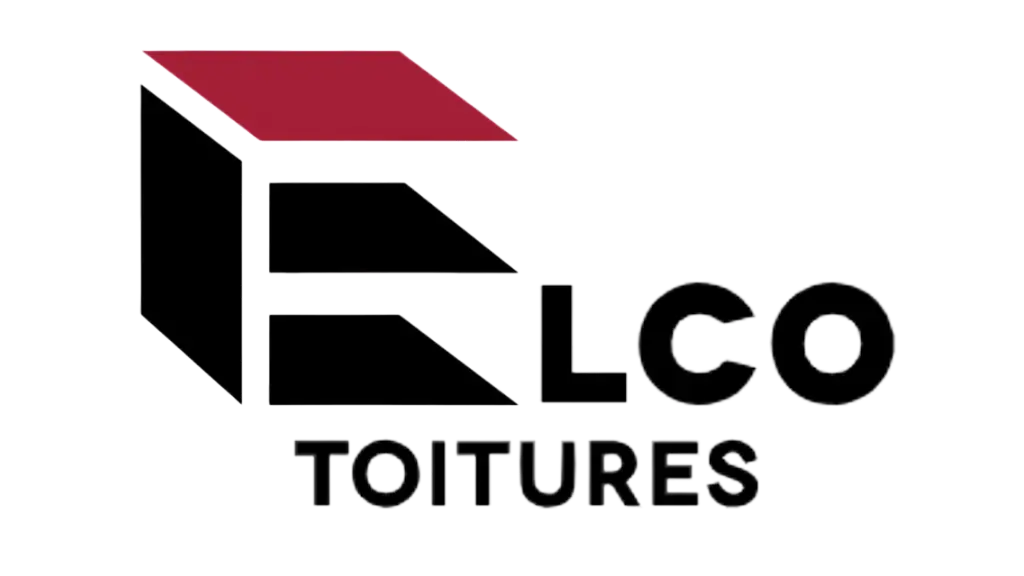top of page

THE BEST METHODS FOR REMOVING SNOW FROM A ROOF
ELCO ROOFING
Learn safe and effective methods to remove snow from your roof and prevent damage.
Spend $100 and get 10% off
EFFECTIVE METHODS FOR REMOVING SNOW FROM A ROOF
Follow these effective methods to remove snow from a roof and prevent damage caused by snow accumulation.

ROOF SNOW REMOVAL: EFFECTIVE METHODS
Roof snow removal in Montreal is crucial to prevent structural damage caused by snow accumulation. Use the right tools to remove snow without damaging the roof. Snow rakes and electric snow plows are effective. For roofs that are difficult to access, call a professional for safe and efficient snow removal.
ARE YOU LOOKING FOR A ROOFER?
Complete the form below to receive a free estimate for your roofing project from Toitures Elco.
Frequently asked questions
General
New Category
CITIES WE SERVE
bottom of page
